- Immensely fun to drive, with brilliant poise and balance
- Reasonably well priced
- Strong ownership credentials
- Outdated interior
- Tons of road noise
- Lacks modern safety equipment
It’s hard to believe, but it’s been ten years now since Toyota and Subaru wowed the world with their “Toyoburu” twins: the 86 and BRZ. The Toyota 86 set a new direction for Toyota. Gone were the days of making bland, but reliable vehicles. Toyotas were now going to be interesting. The original 86 proved that Toyota had rediscovered its mojo, making cars which you could buy with both your head, as well as your heart.
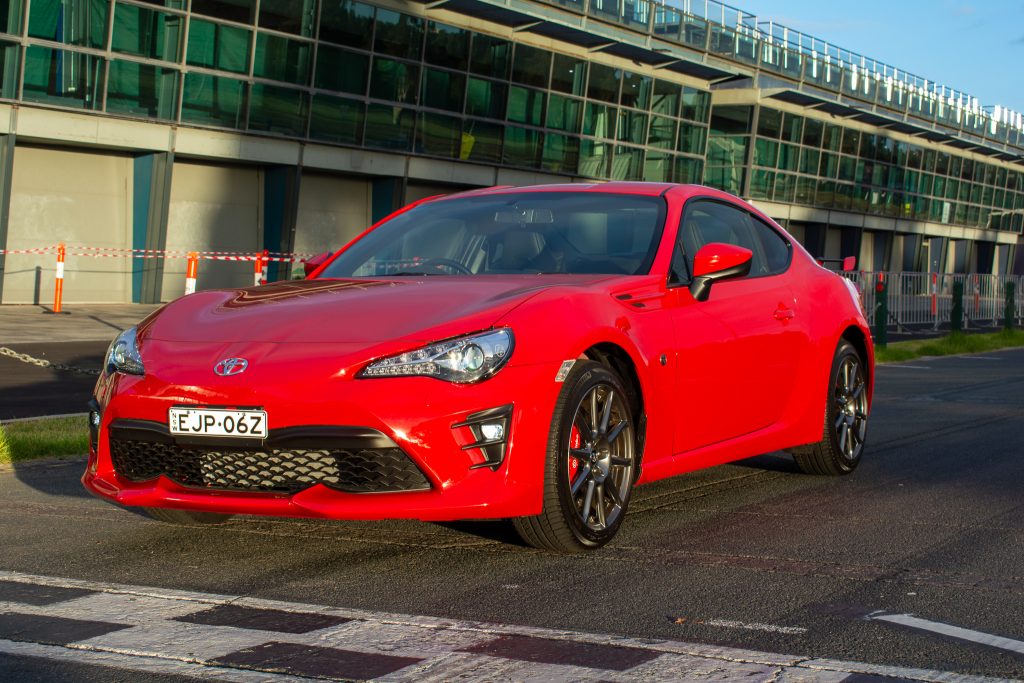
With the next-generation Toyota 86 already revealed and due to hit our shores in 2022, DiscoverAuto took one last spin in the outgoing 2021 Toyota 86 GTS to to give it a proper send off.
Price & Equipment: 8/10
The 2021 Toyota 86 GTS manual we tested came in at $37,380 plus on-road costs. The base Toyota 86 GT manual is priced at $32,180, which is not far off the 86’s debut price of $29,990 back in 2012. Considering a rear view camera is now standard, along with satellite navigation, the 86 has not really undergone any price hikes over the years. That strong value equation has allowed Toyota Australia to sell around 20,800 of these RWD heroes since launch in 2012.
The low purchase price for the 2021 Toyota 86 GTS mirrors the spartan levels of equipment the car gets. Take the interior for example – life is pretty basic in here, even if the basics are well taken care of. You get a pair of low-slung, manually adjusted and heated sports bucket seats, a leather steering wheel, LED lighting, dual-zone climate control, 17-inch alloys, a reversing camera and Toyota’s touchscreen radio system from a 2010 HiAce van. There’s no Apple CarPay or Android Auto in sight – odd when the identical Subaru BRZ has had both features for at least a few years.
On the safety front, the 2021 Toyota 86 GTS lacks much of what we have come to expect these days. It might have awarded a 2012 five-star ANCAP safety rating, ESC and the usual suite of airbags but it lacks autonomous emergency braking, adaptive cruise control, lane tracing assist, lane-departure warning, blind-spot monitoring, rear cross-traffic alert and driver attention detection. All of which come on the Toyota GR Yaris. Expect the upcoming GR 86 to have a comprehensive list of acronyms to stop you from getting into an accident in the first place.
Performance & Economy: 7.5/10
Toyota never intended the 86 to be a fire breathing monster, and with its 2.0-litre four-cylinder boxer engine producing a modest 152kW of power and 212Nm of torque, the 86 never felt fast. Expect the new model to be better.
Power was sent to the rear wheels, just like in times of old. The majority of buyers opted for the a six-speed manual gearbox, which matched the nature of the car perfectly. Since 2013, Toyota gave all models of the 86 a mechanical limited-slip differential. An automatic gearbox was always on offer, but was never the enthusiast choice.
The 86’s boxer engine is made by Subaru and is mounted super low in the chassis to improve the car’s centre of gravity. It’s very free revving and chases the redline. What it won’t do, is win many drag races as its outputs were modest at launch, let alone in 2021. This is a car that is all about poise and being delicate. If you want brute force, buy a Mustang. The 86 isn’t slow per se, it’ll hit 100km/h from rest in around 7.5 seconds, but it will not trouble any hot hatches in a straight line drag race. The engine’s only annoying quirk is a torque dip north of 2500rpm where acceleration actually decreases, before picking up again around the 4000rpm mark, before the engine surges to the redline. Having said this, most Toyota 86s come heavily modified. Toyota always intended the car to be a blank canvas for enthusiasts to tweak and tinker with.
The six-speed manual gearbox has a super short throw shifter and beautifully mechanical feel as you swap cogs. The clutch is light, but does take a little getting used to. Failing to add gas when getting rolling will have you stalling the 86, so be warned. This is a purists car, no fake trickery here.
Toyota officially says the 86 will achieve 8.4L/100km on the combined cycle. We managed to very closely match that figure in our week of driving. Thank the 86’s low weight and moderate outputs to see why this is such a well balanced sports car.
Ride & Handling: 9/10
Put simply, the 86 was not only a breath of fresh air for Toyota, but for the automotive industry in general. The Porsche Cayman was the benchmark for 86’s development, and it really shows. The Toyota 86’s driving experience is simply wonderful. It’s agility, chassis balance, responses and the eagerness of the naturally aspirated boxer engine, all mirror the Porsche. The steering in particular is delightful, organic and beautifully weighted. It gives the driver pinpoint accuracy and purity that will have others lost in the dark. Think go-kart steering, and you won’t far off what the Toyota 86 offers.
Getting onto the power early mid-corner will have the rear stepping out ever so slightly, in a remarkably controlled, natural manner. Where some rear-wheel-drive cars feel cumbersome and heavy, the 86 has a rare poise in the way it drives.
The sensible 17-inch alloy wheels wrapped in Michelin Primacy 3 tyres offer up reasonable grip and give the 86 a remarkably civilised ride around town for a sports car. The ride height isn’t set too low either, meaning the nose won’t scrape when coming out of driveways or in carparks.
Refinement isn’t the 86’s strong point sadly as it is rather loud inside. The 86 doesn’t have much in the way of sound insulation. Tyre roar out of town can be a little tiresome when cruising at 100km/h.
Interior & Practicality: 6/10
The Toyota 86 might have an outdated interior by 2021’s standard, but it still manages to do all the basics very well. A 2017 facelift cleaned things up a bit here offering fresh trims, new dials and a new infotainment system. The general design hasn’t changed much over the years and was developed with function over form in mind. It’s clear Toyota focused on making the interior the best possible place to not be distracted from the actual driving at hand. Even the usually shiny logo seen on other Toyota cars’ steering wheels has been replaced with a flat look 86 logo.
The materials used throughout might not be the flashiest or the best to touch, but time has shown they do stand up well to years of use. If you’re looking for a used sports car that still feels reasonably good after years of abuse, the Toyota 86 might be all you need. The dashboard is very upright and has some nice suede material on it, while the climate controls with their retro red font feel a little cheap.
The seats are wonderfully supportive and the driver’s position feels superbly natural. Drivers feel as if they are part of the car, an extension of it. The lack of an armrest is jarring omission we feel, even if it might get in the way of some track day use.
The infotainment screen feels as if it has come from another era, which it has. It’s small, slow to respond and just feels very dated. Bluetooth connectivity is its most high tech feature.
The back seats are so cramped it’s almost not even mentioning that they exist. Sitting in the rear assumes you have no legs and should only be for emergencies. Treat them as a small extension of the boot which sits in the cabin, with enough room for a shopping bag on each rear seat. This is a true 2+2, rather than a four-seater.
Speaking of the boot, it has a very useable 237L of space, which is there to fit in a couple of soft bags or shopping bags, but the 86 is by no means a load-lugger. At the 86’s launch in 2012, Toyota’s party trick was fitting in four full-size wheels and tyres with the rear seat folded to prove just how track-ready it might be.
Service & Warranty: 8.0/10
Toyota does sensible very well, so it comes as no surprise that the 86 comes with a five-year/unlimited km warranty as standard. If you service your 86 through a Toyota dealership, Toyota will add another two years of additional warranty to the drivetrain.
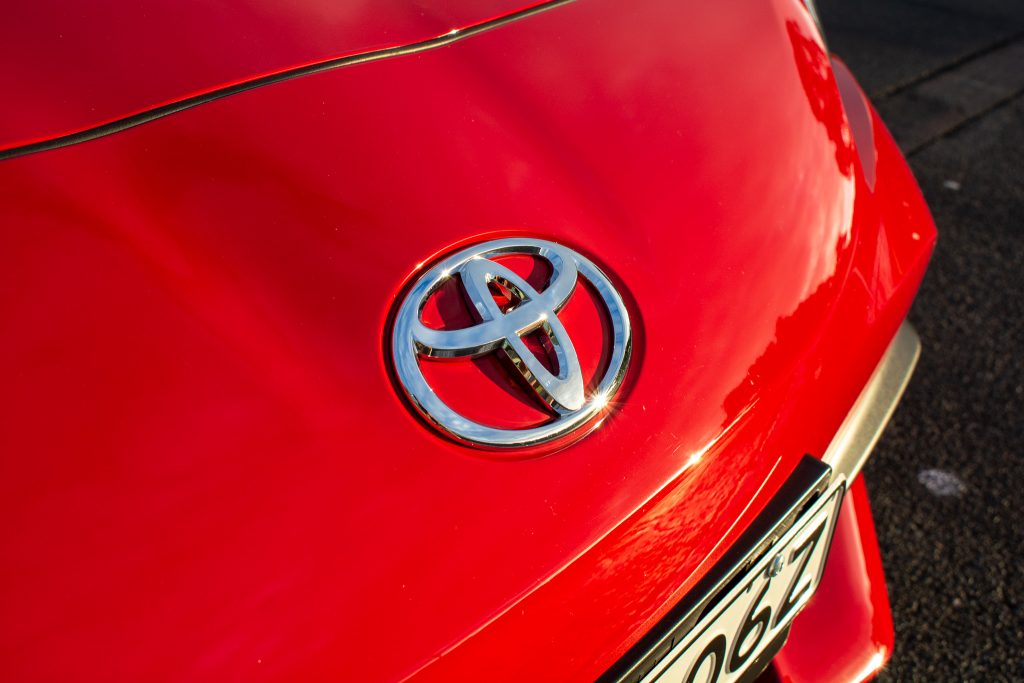
The 86 needs to be serviced every nine months or 15,000km, which is the standard distance but not time in the industry. Thanks to capped price servicing, the first four visits will only cost $200 and the fifth steps up to a still reasonable $396. The sixth service, which is the five-year one, will set you back a massive $1,867. The reason why this evidence is so expensive is that the 86 needs its spark plugs changed. In a boxer engine, this means the engine almost needs to come out. Thanks to this, the 86 will cost $3,063 over five years to service.
The 2021 Toyota 86 GTS Rating: 7.7/10
The 2021 Toyota 86 GTS might be getting on in years, but it still manages to rekindle the magic we first felt all the way back in 2012. Australians have flocked to the sports coupe in thousands and understandably so. It offered brilliant driving thrills without breaking the bank, all from a brand we least expected.
The new 2022 Toyota GR 86 certainly has some big shoes to fill and we hope it’ll offer a little more in the way of performance than the current model’s rather weedy engine, as well as a better interior and perhaps a tad more room inside. If the GR 86 manages to maintain the 86’s trademark delicacy, poise and above all, its fun to drive feel, Toyota is set to have another winner on its hands.
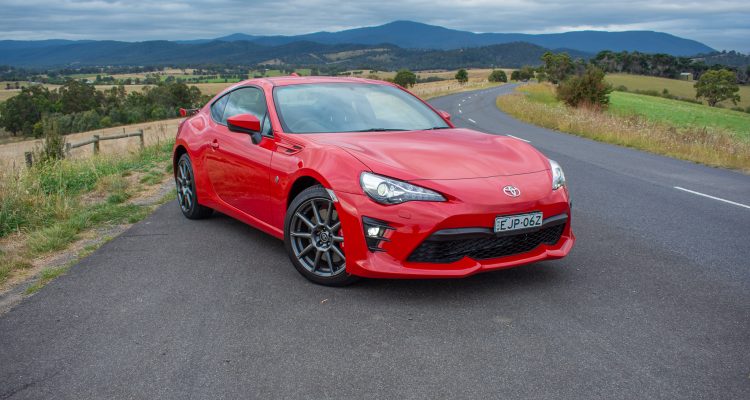
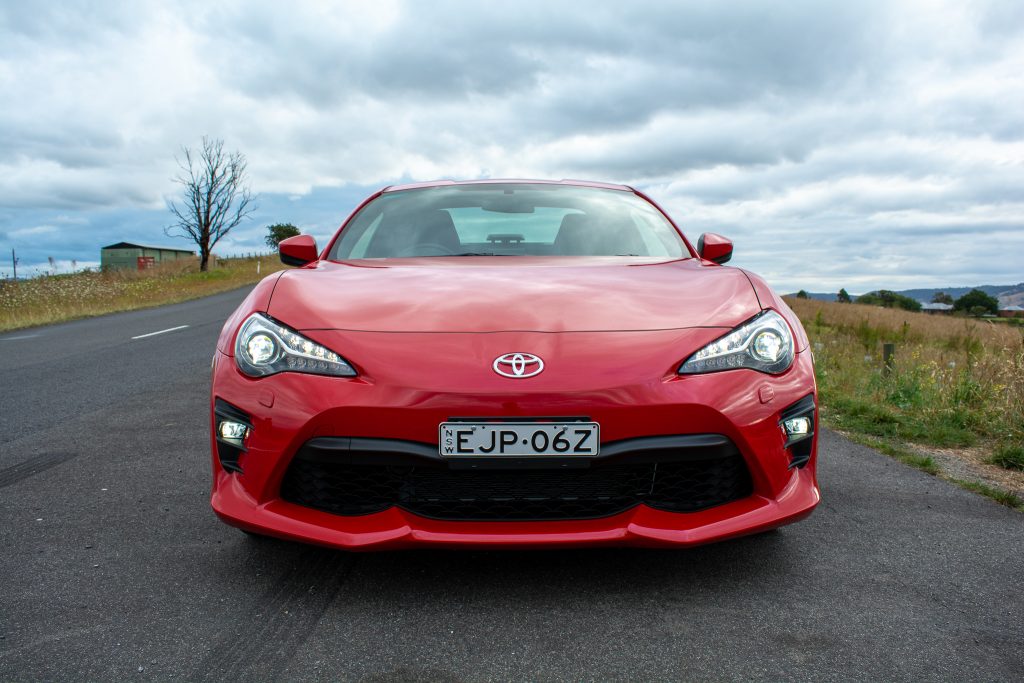
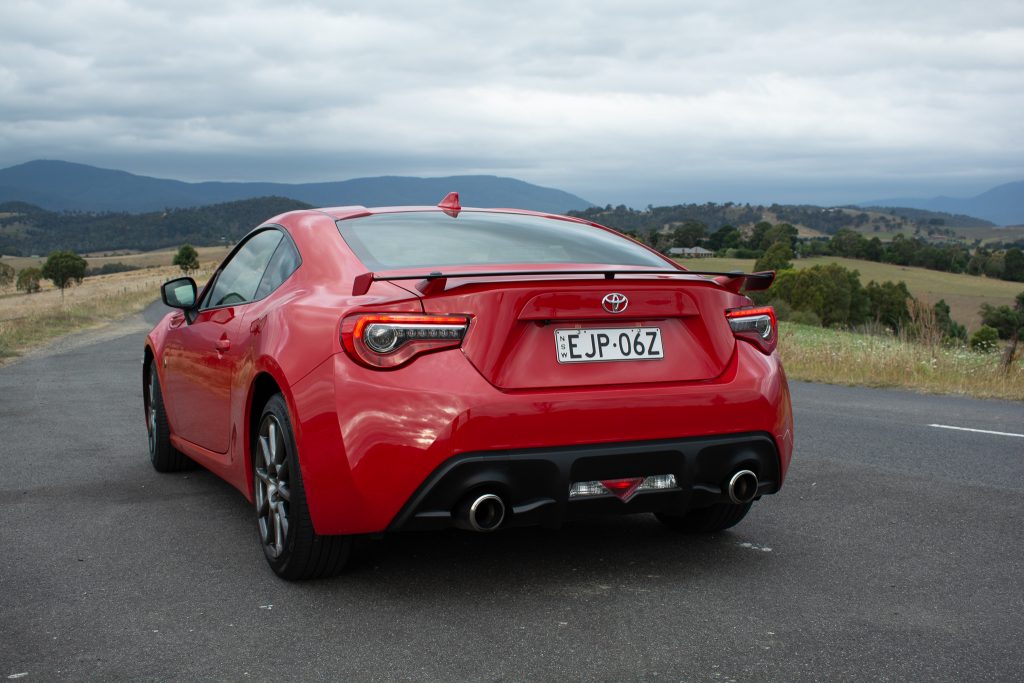
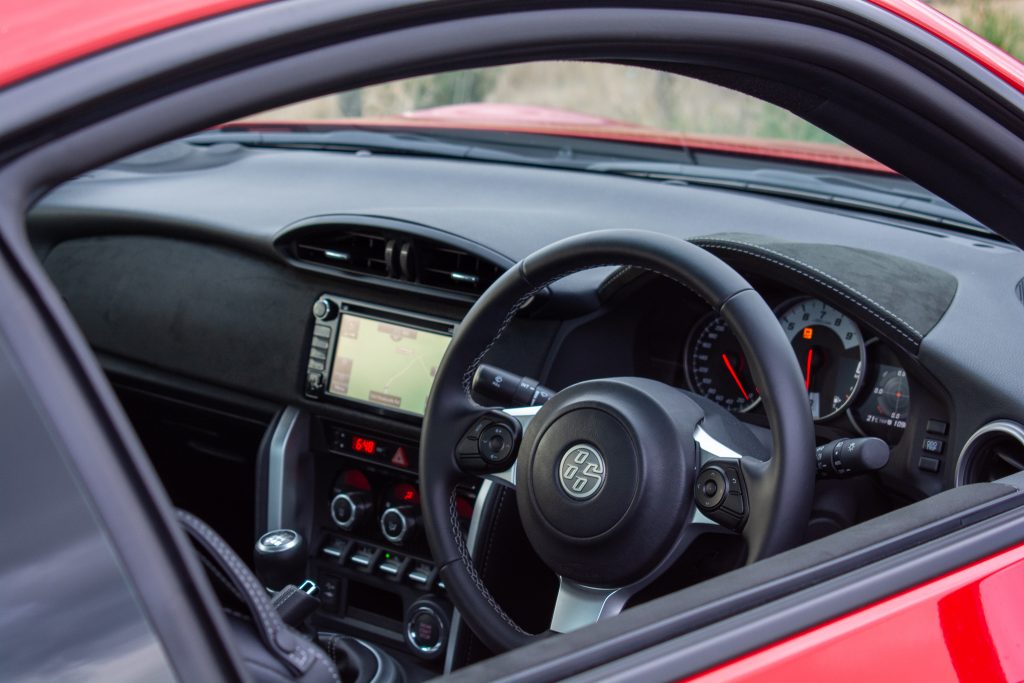
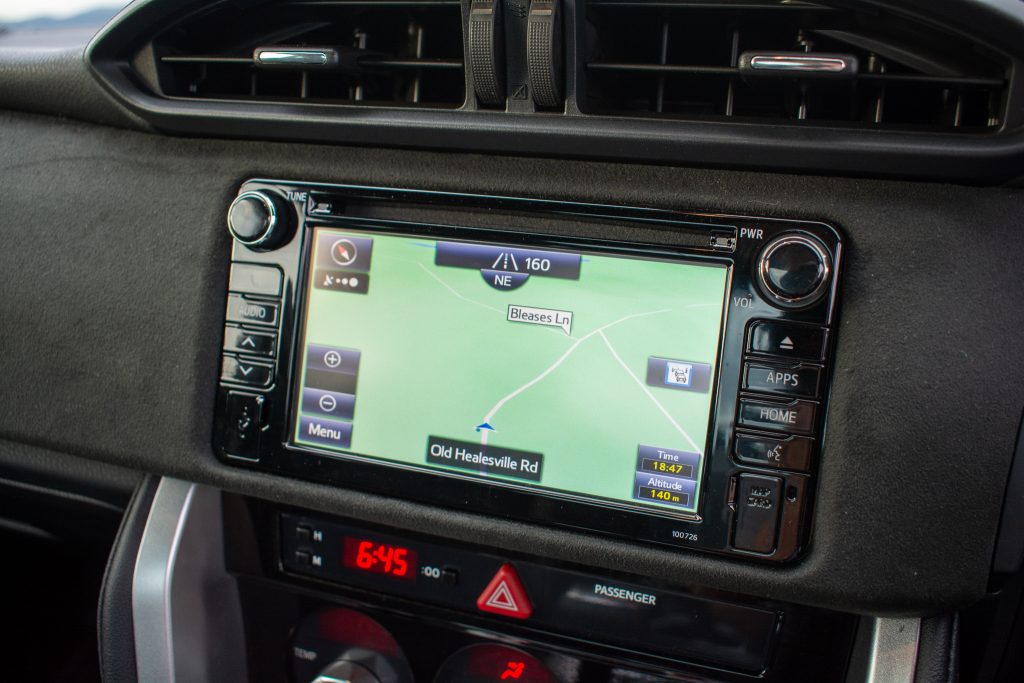
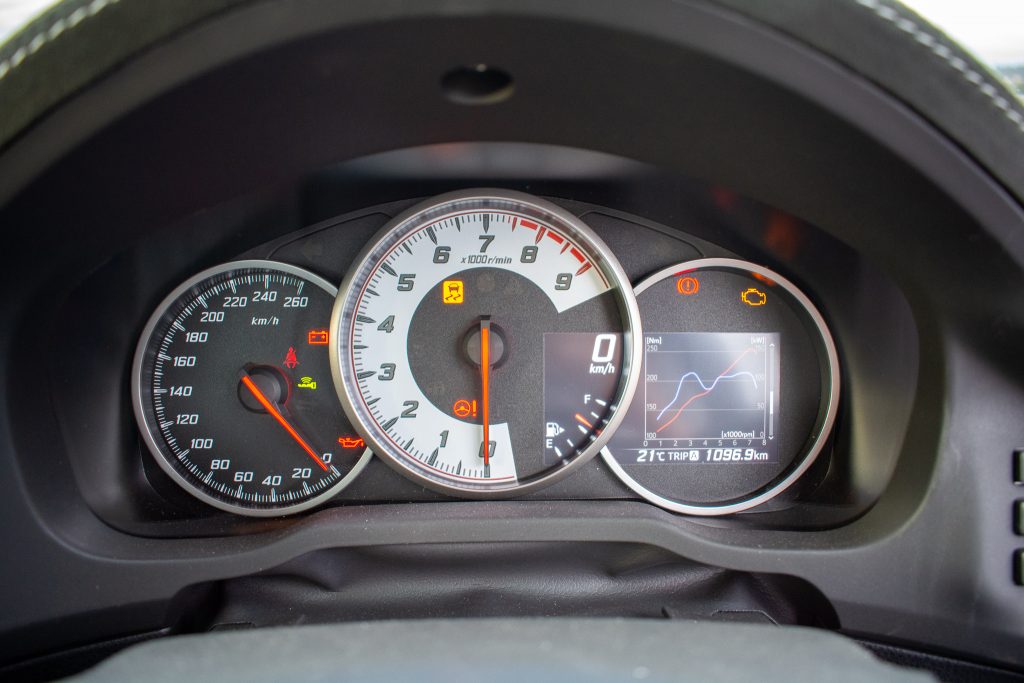
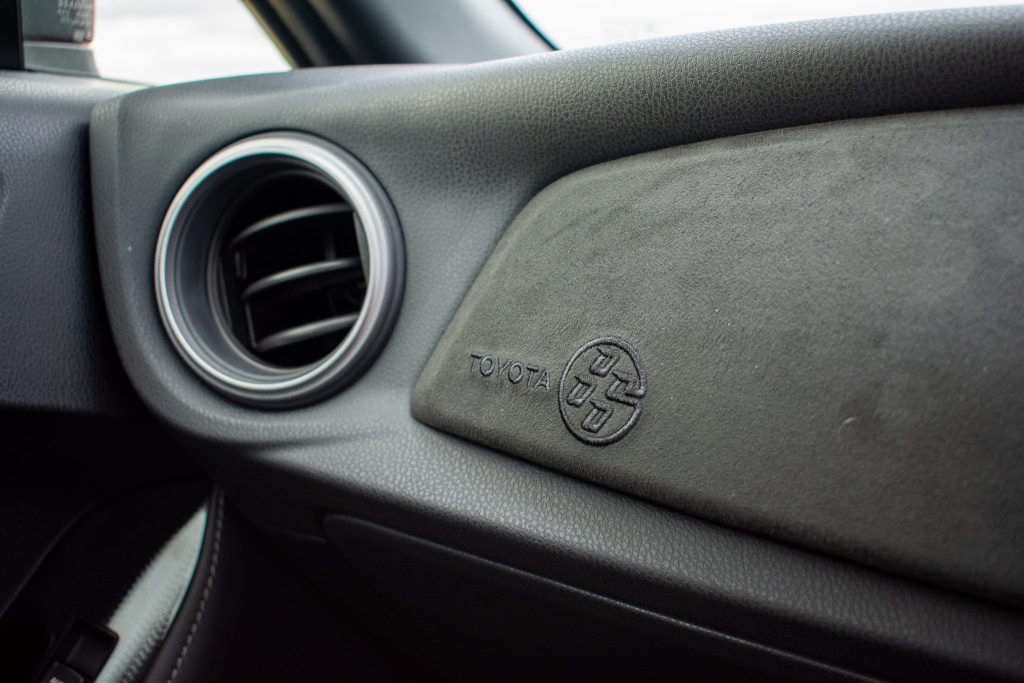
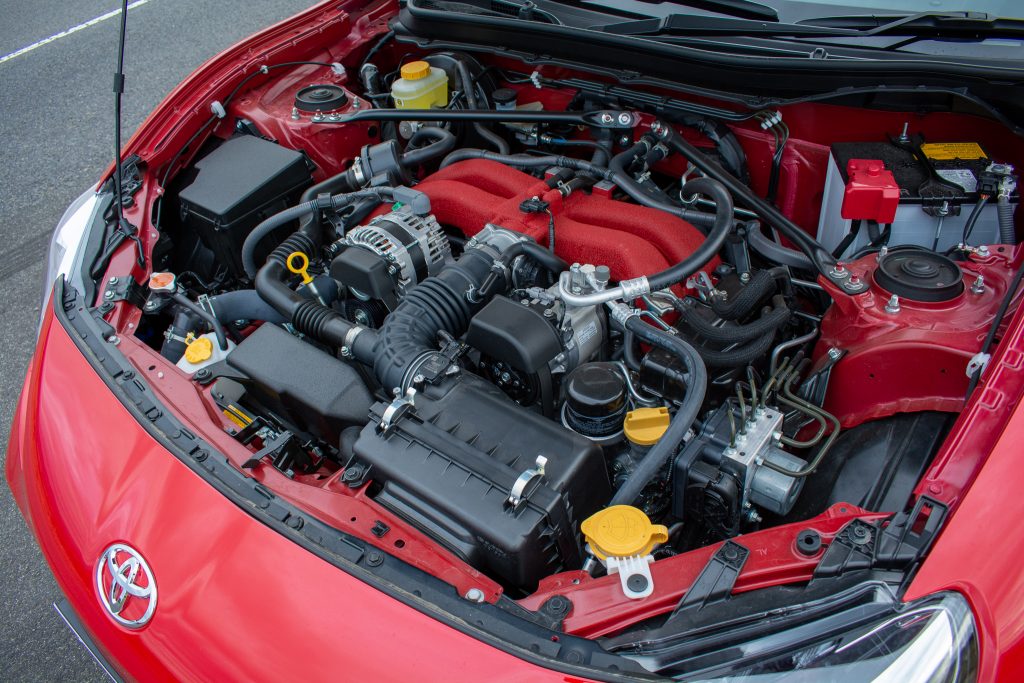
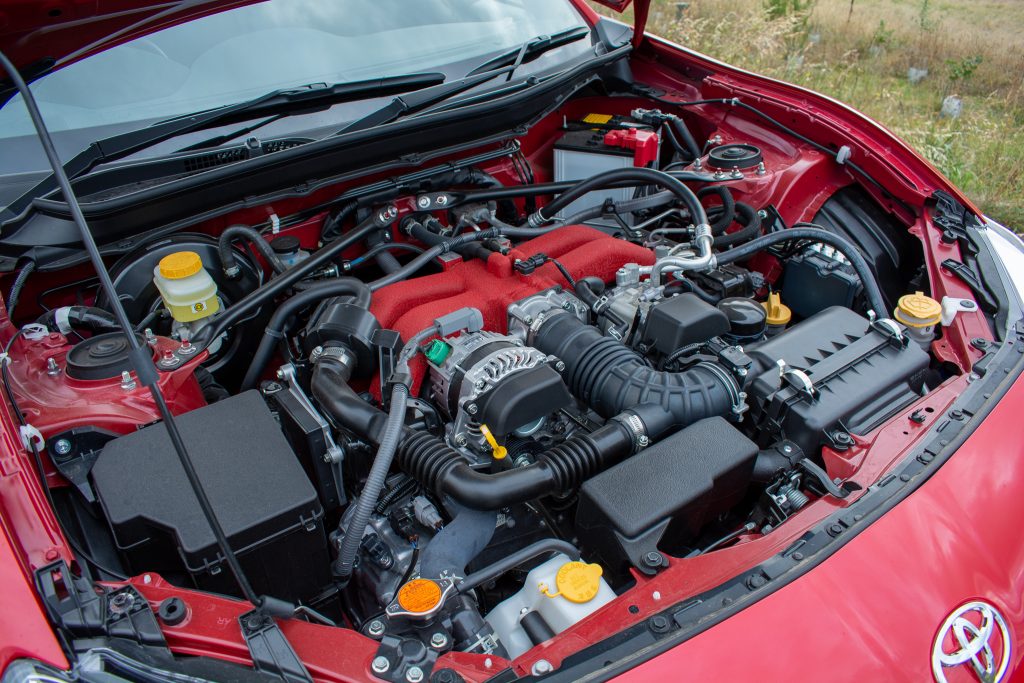
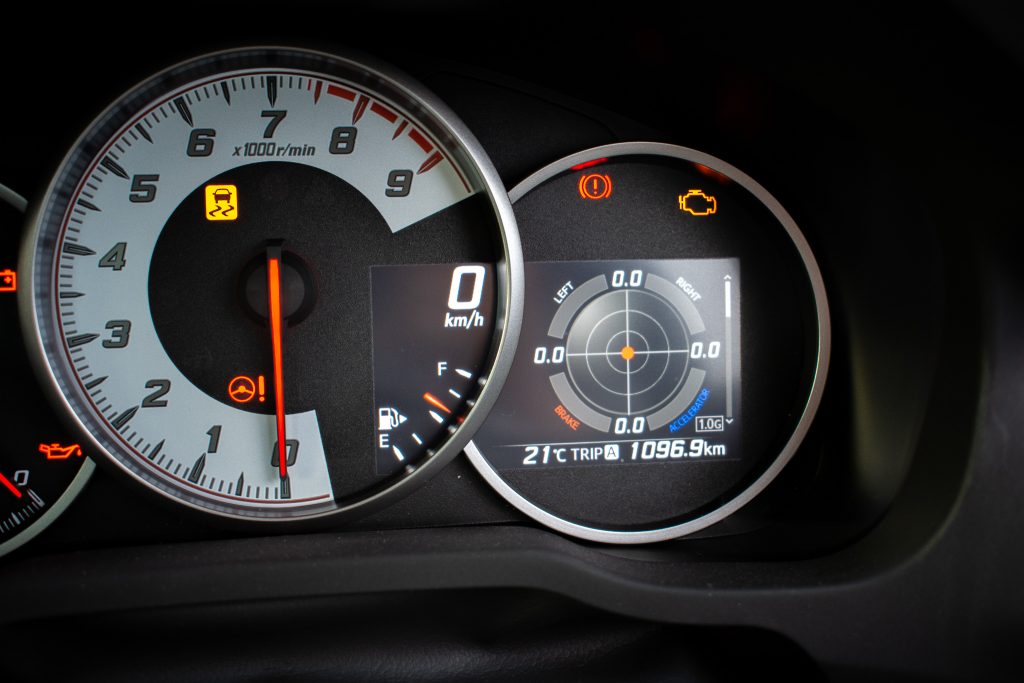
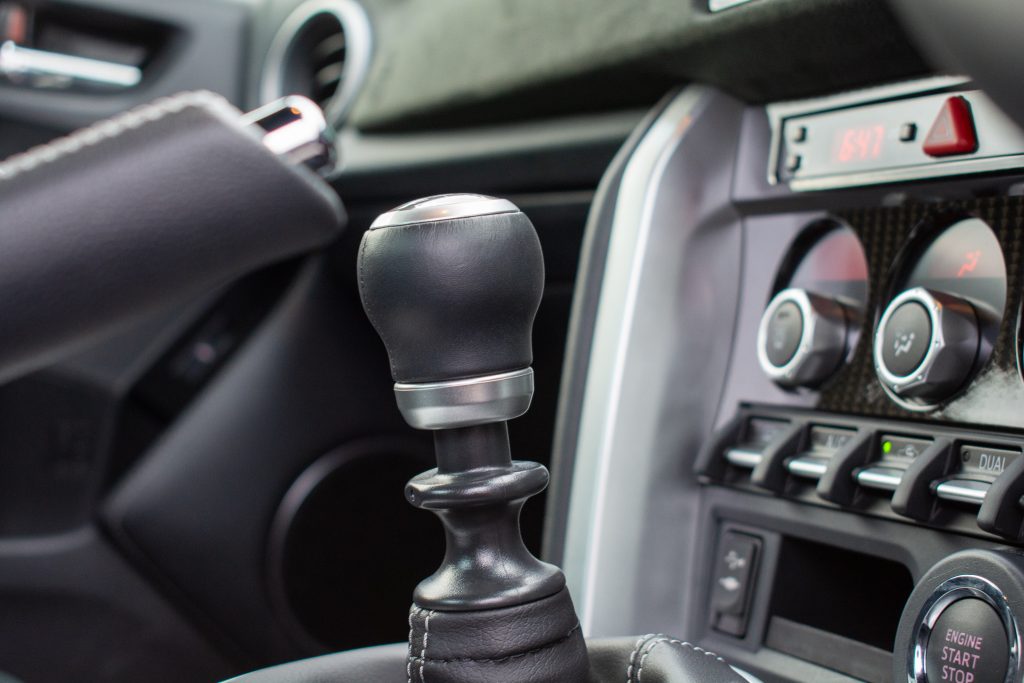
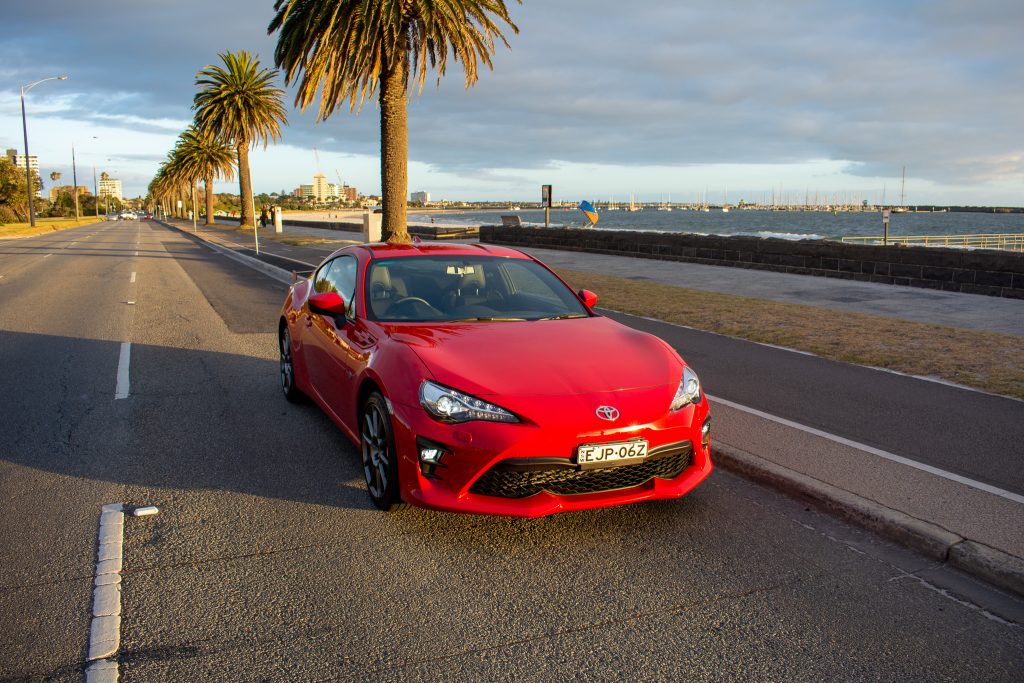
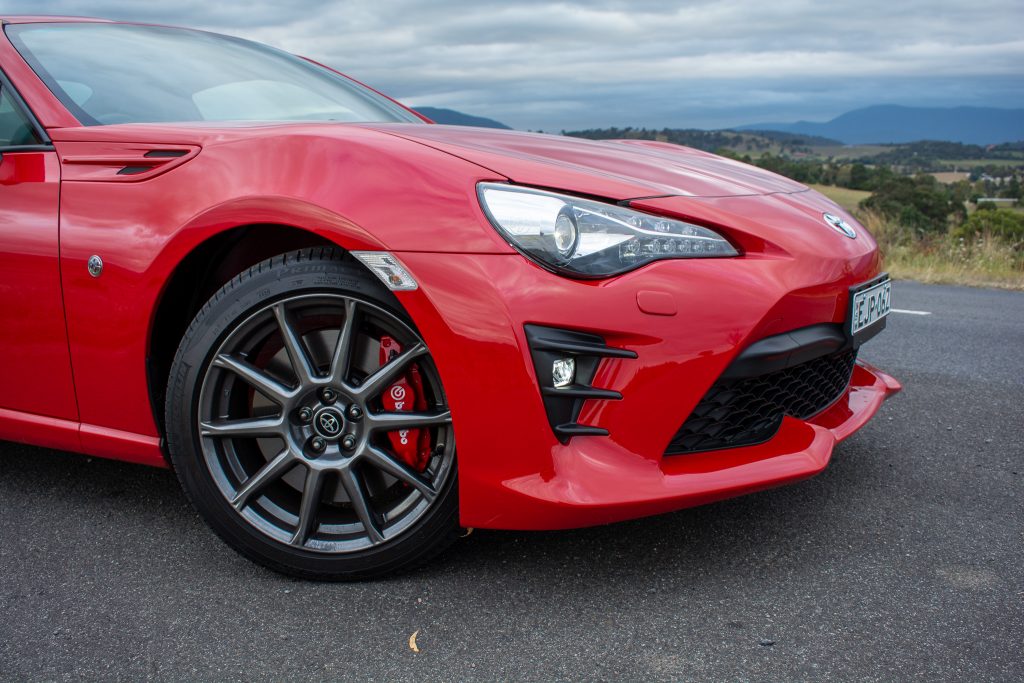
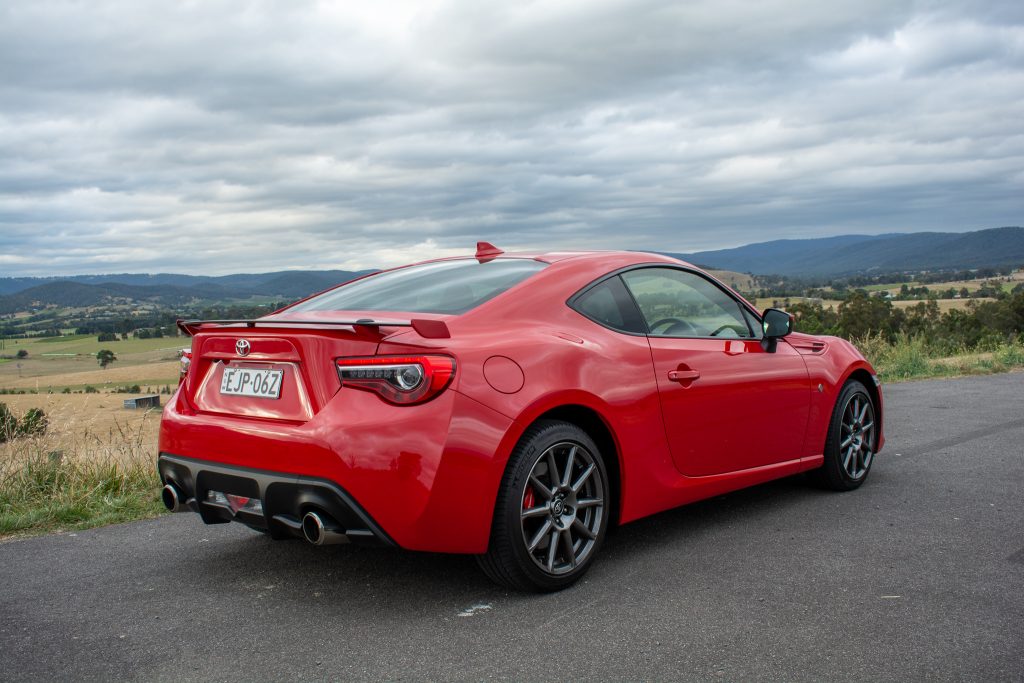
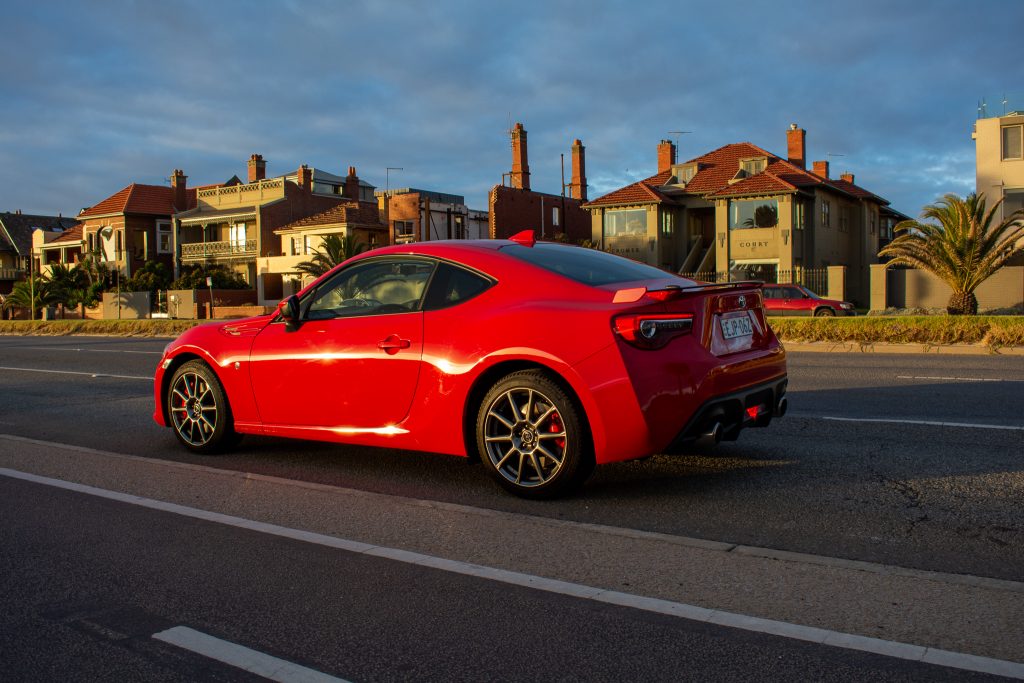
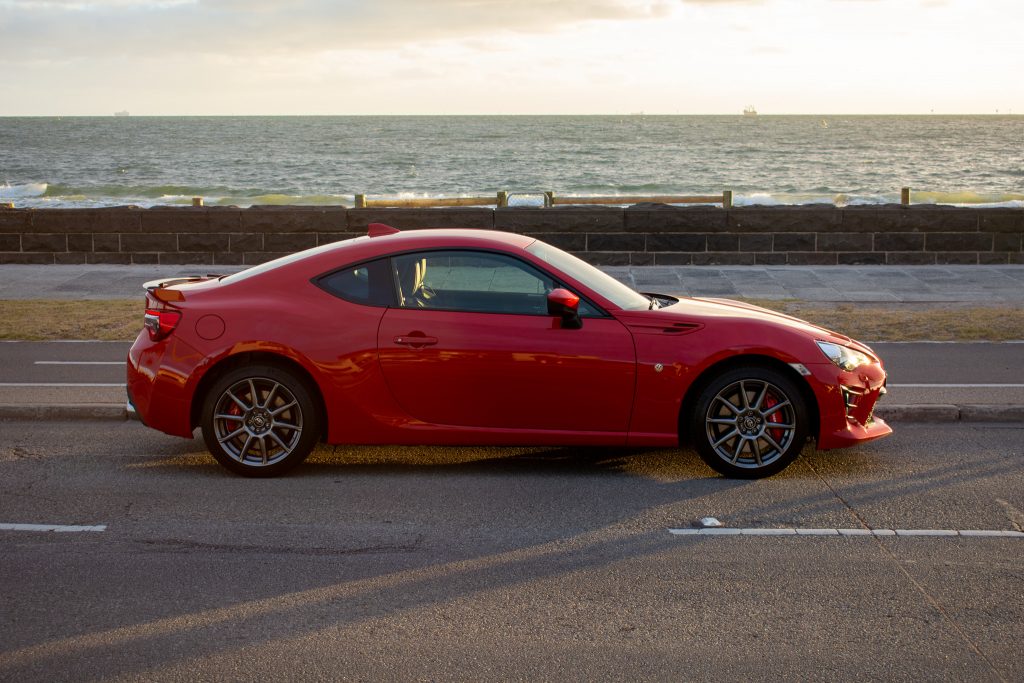
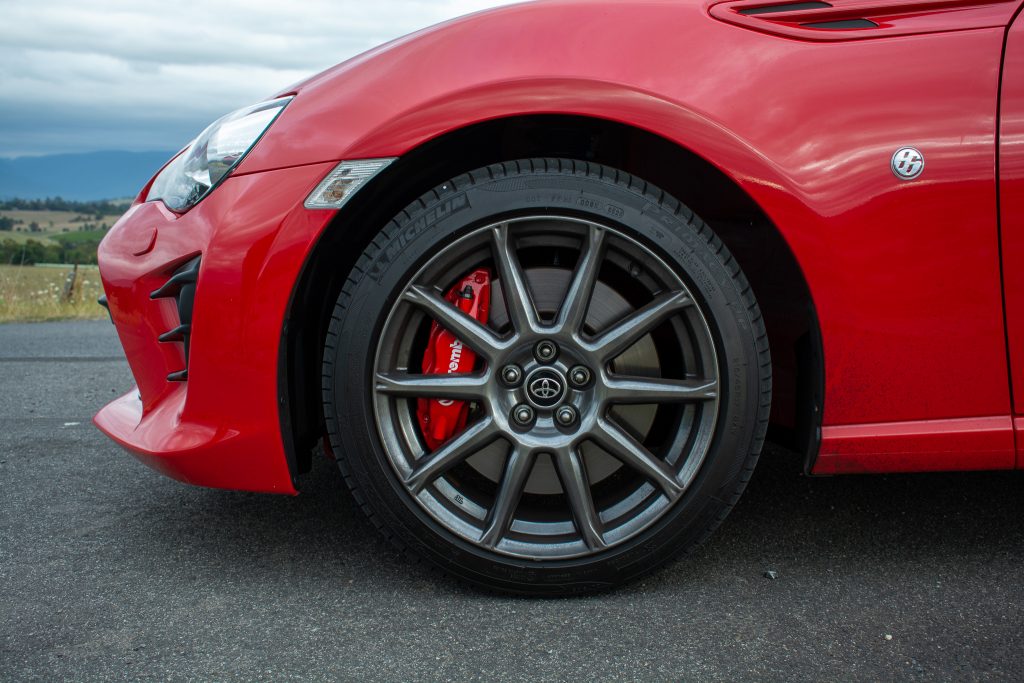
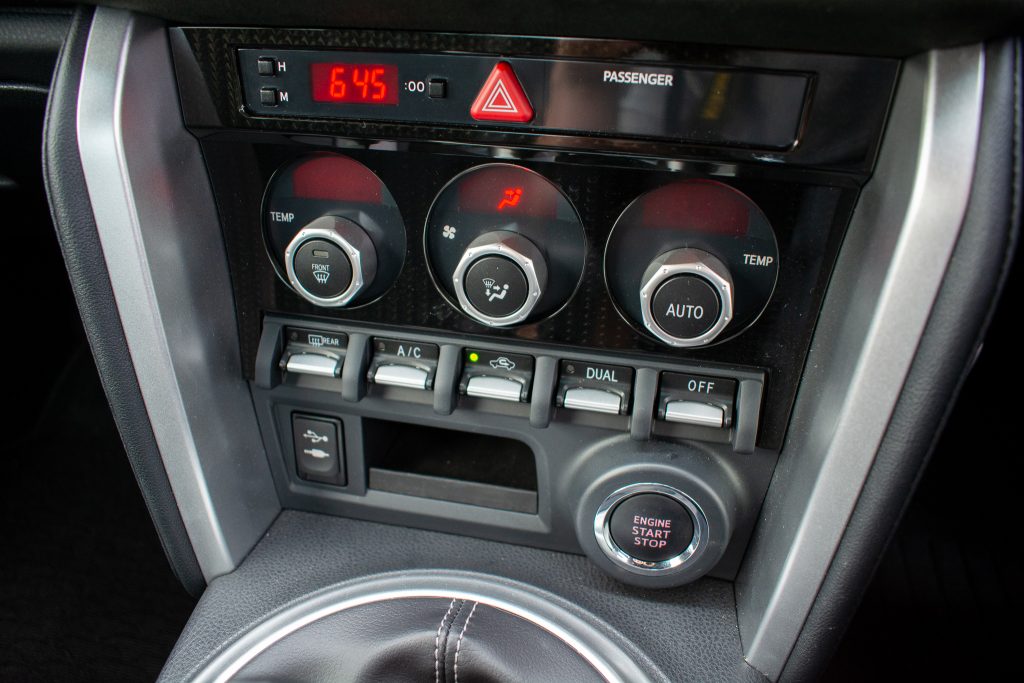
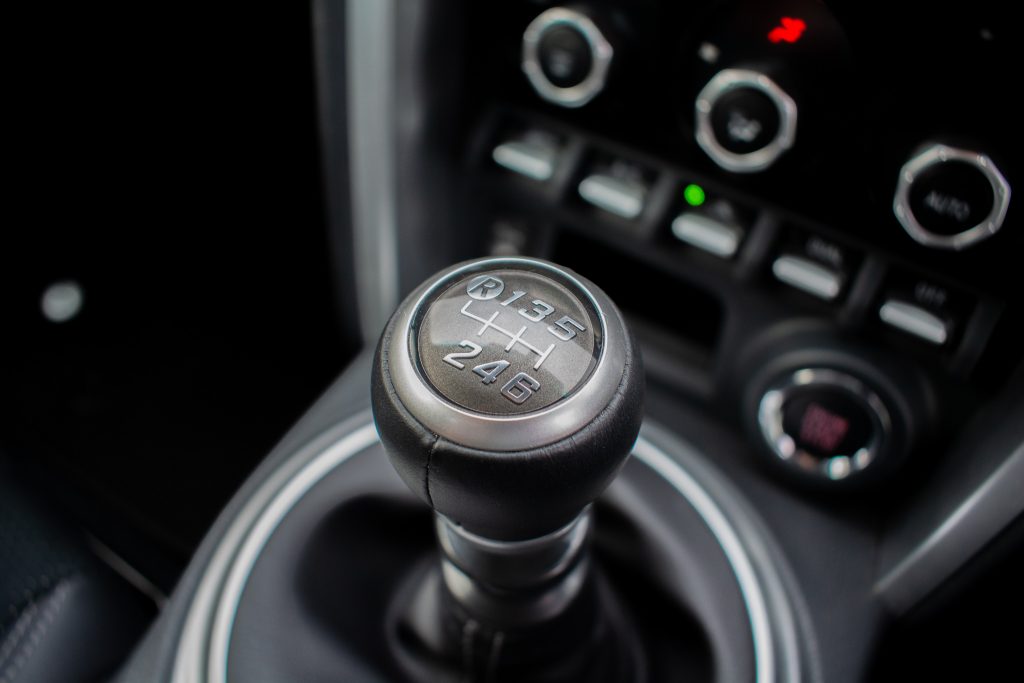
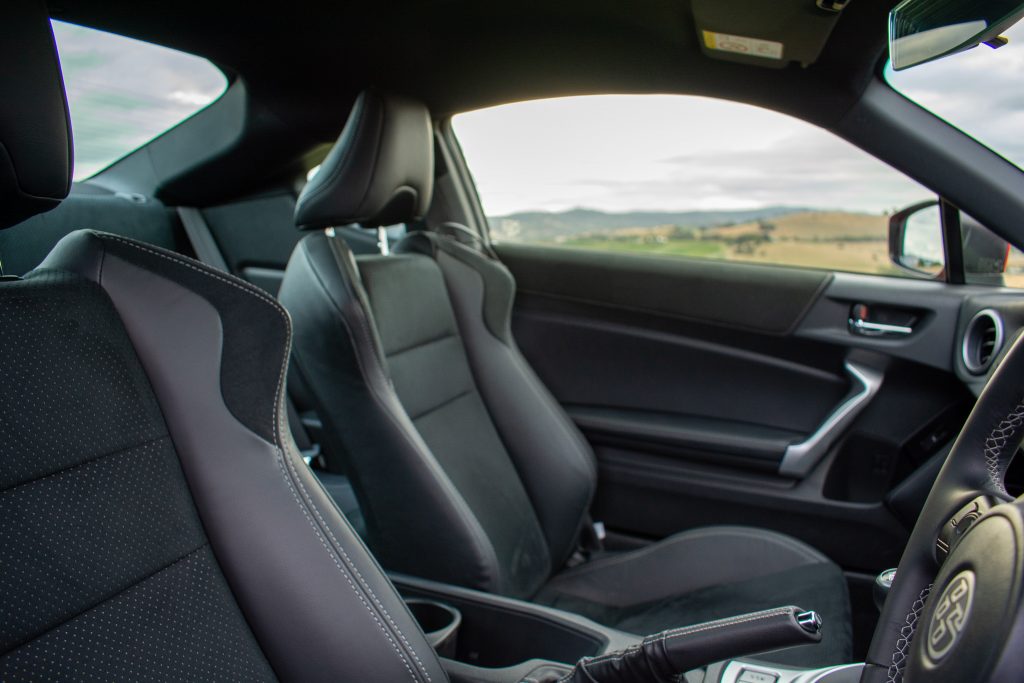
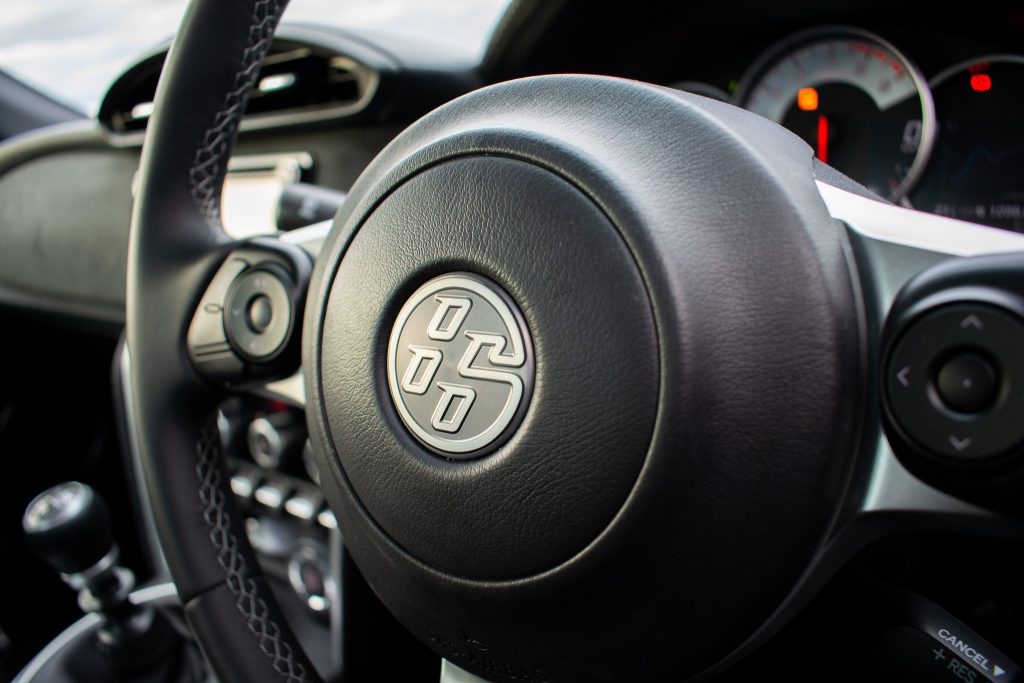
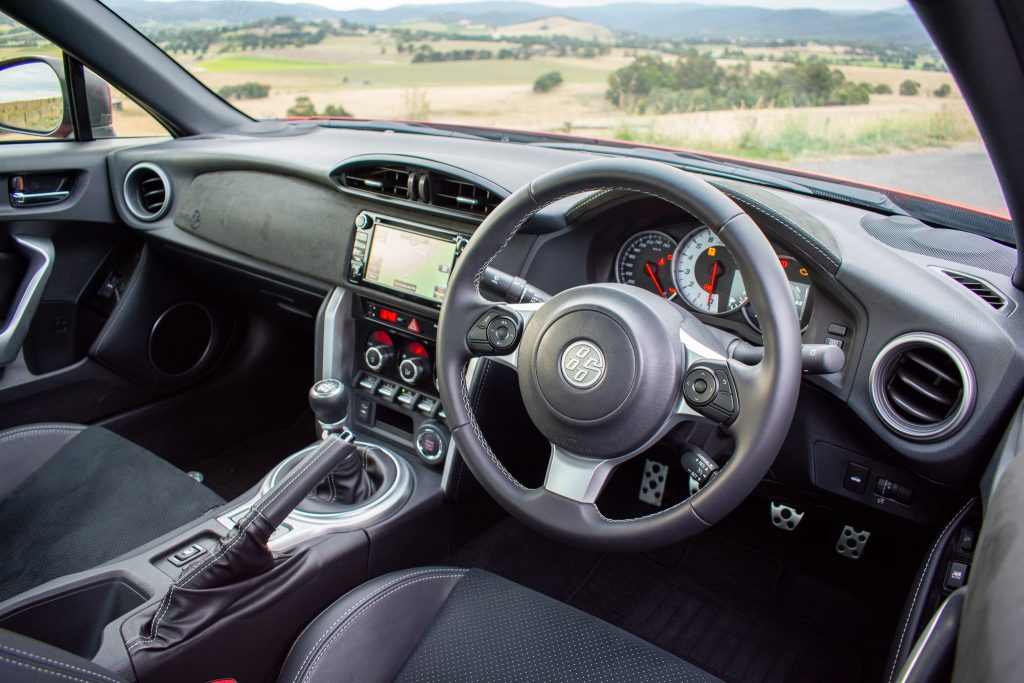
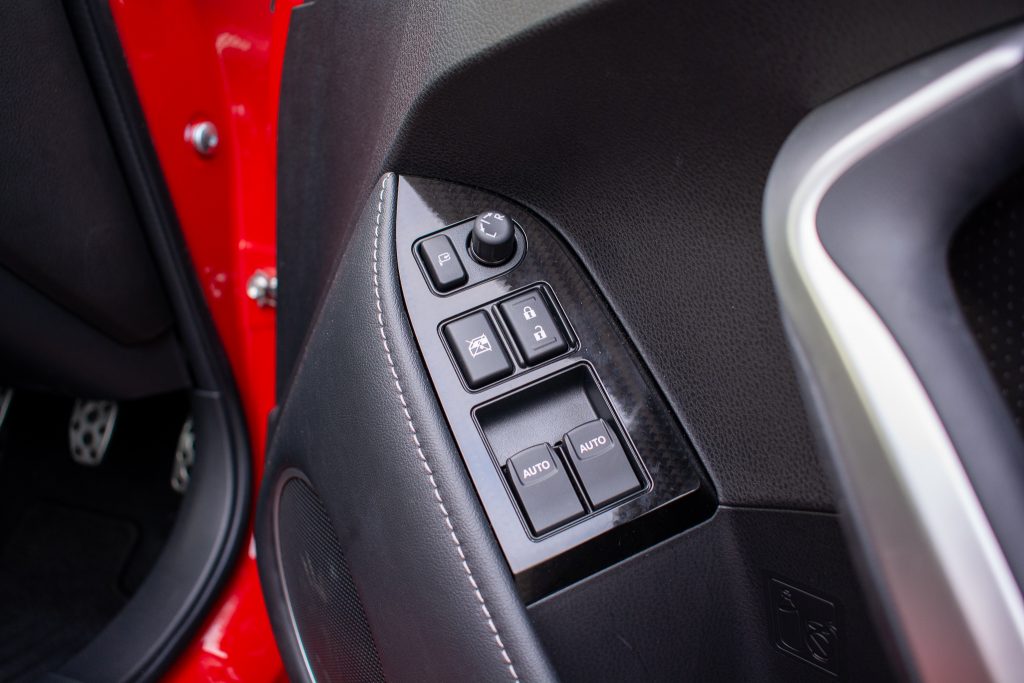
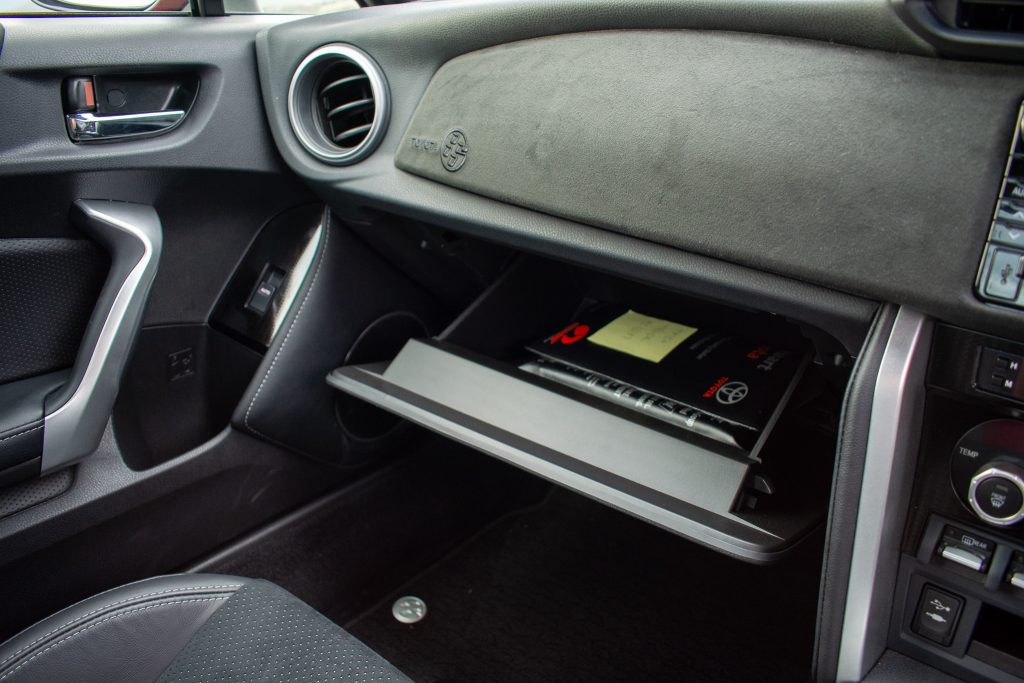
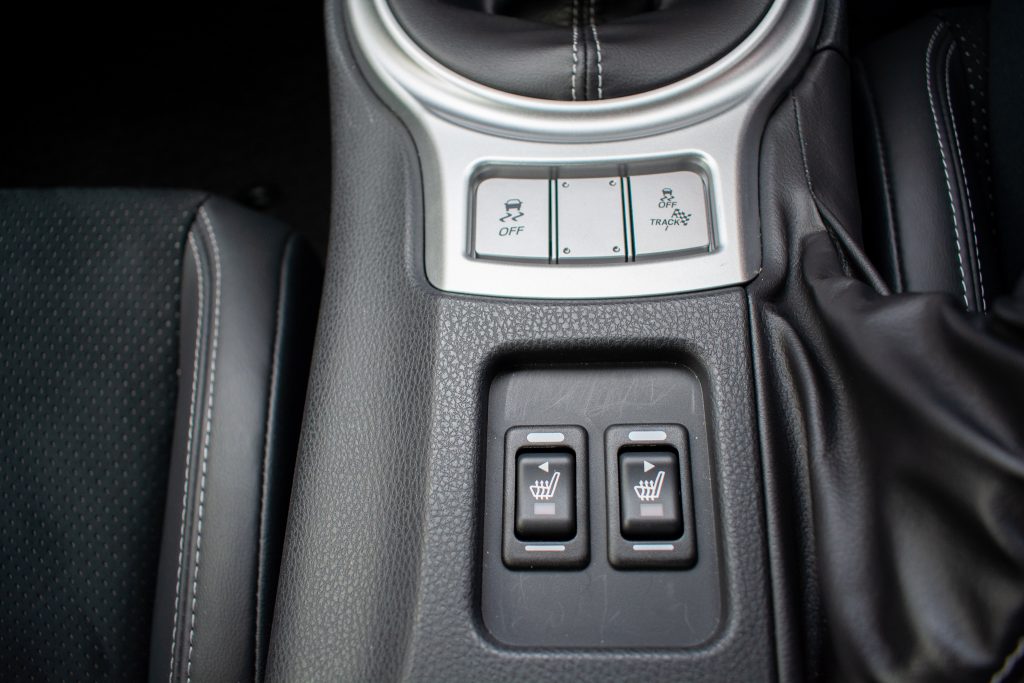
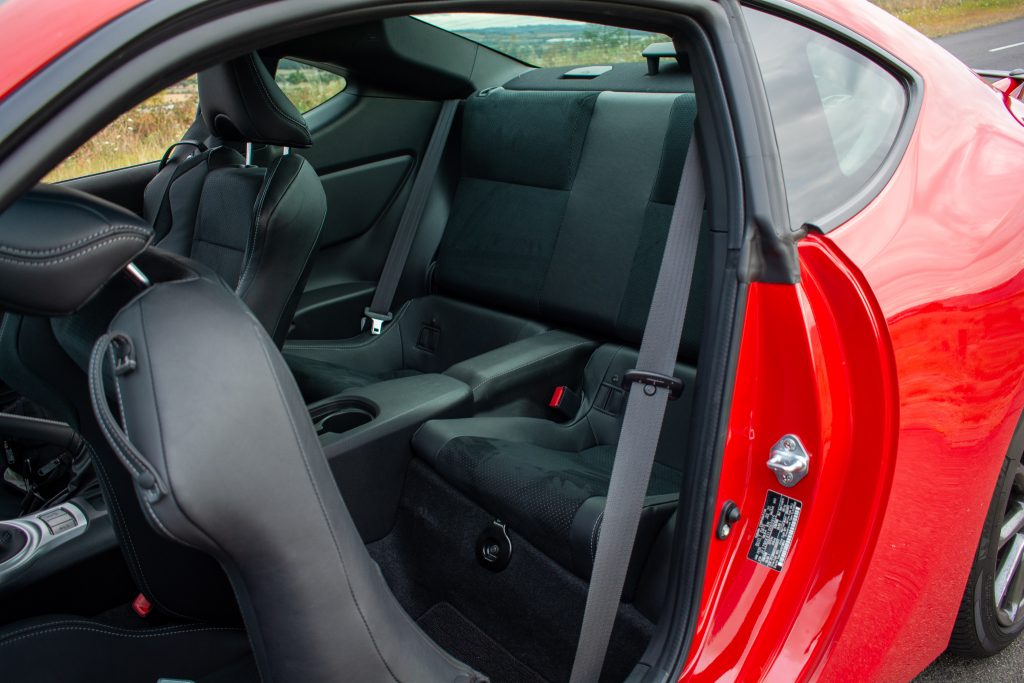
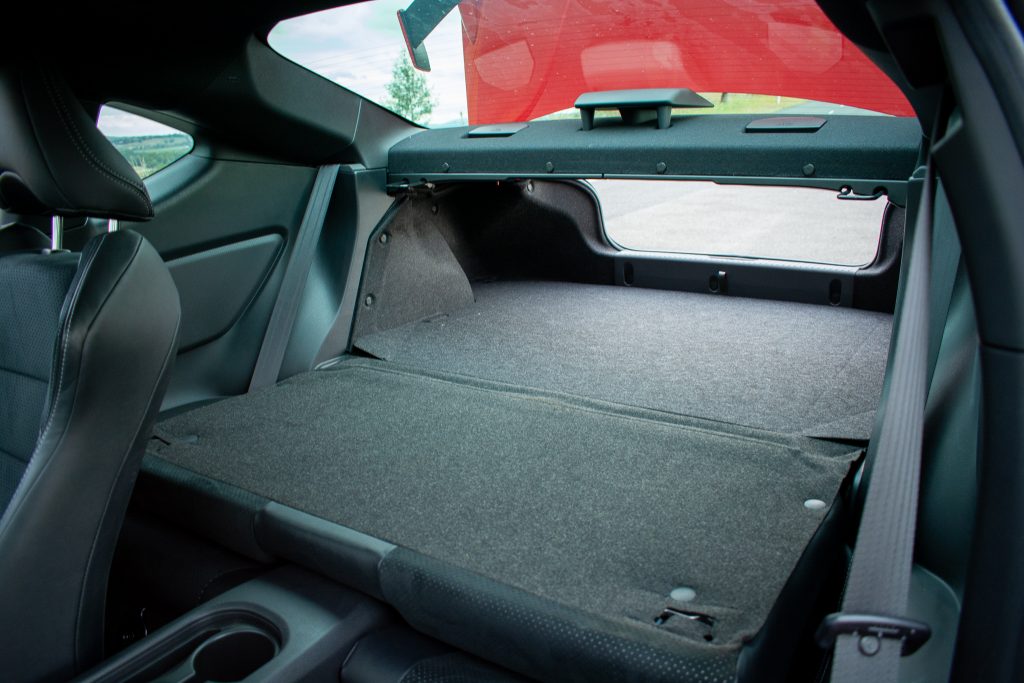
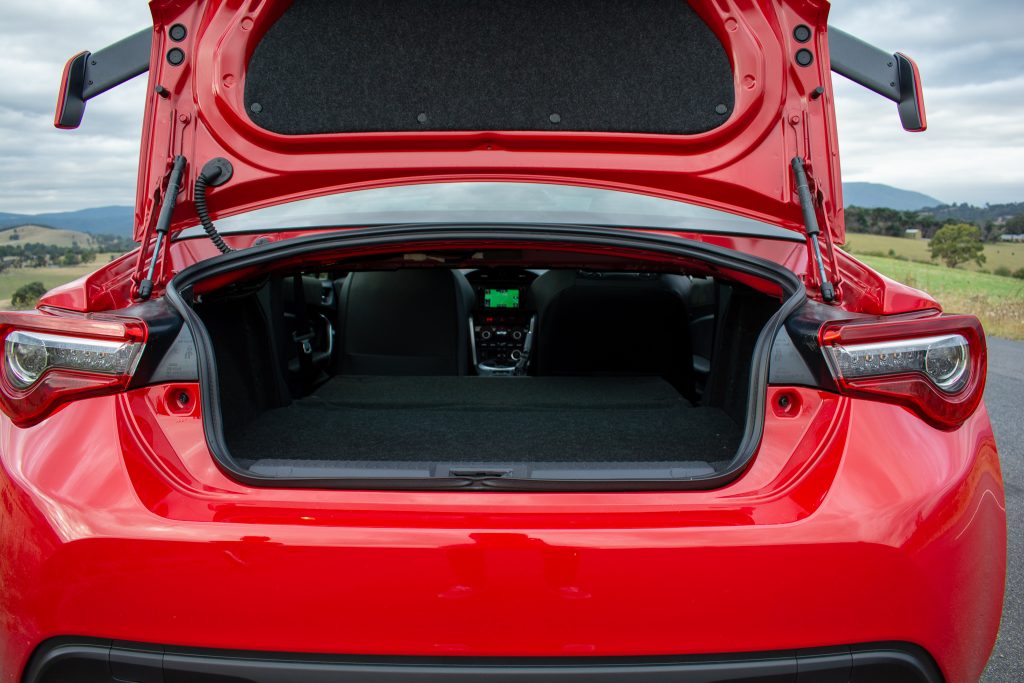
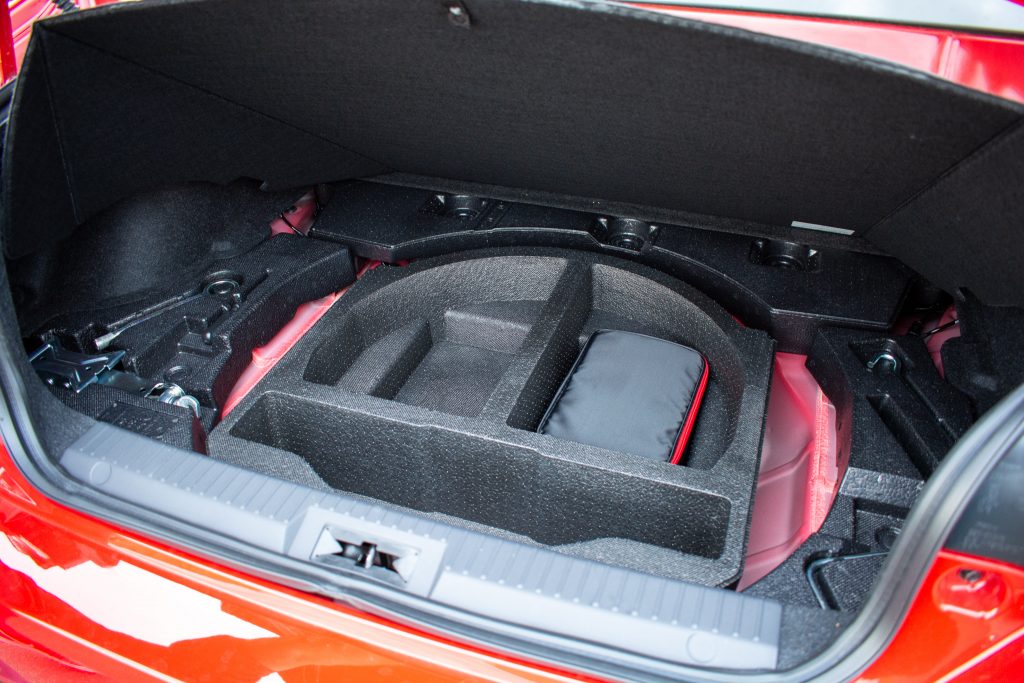
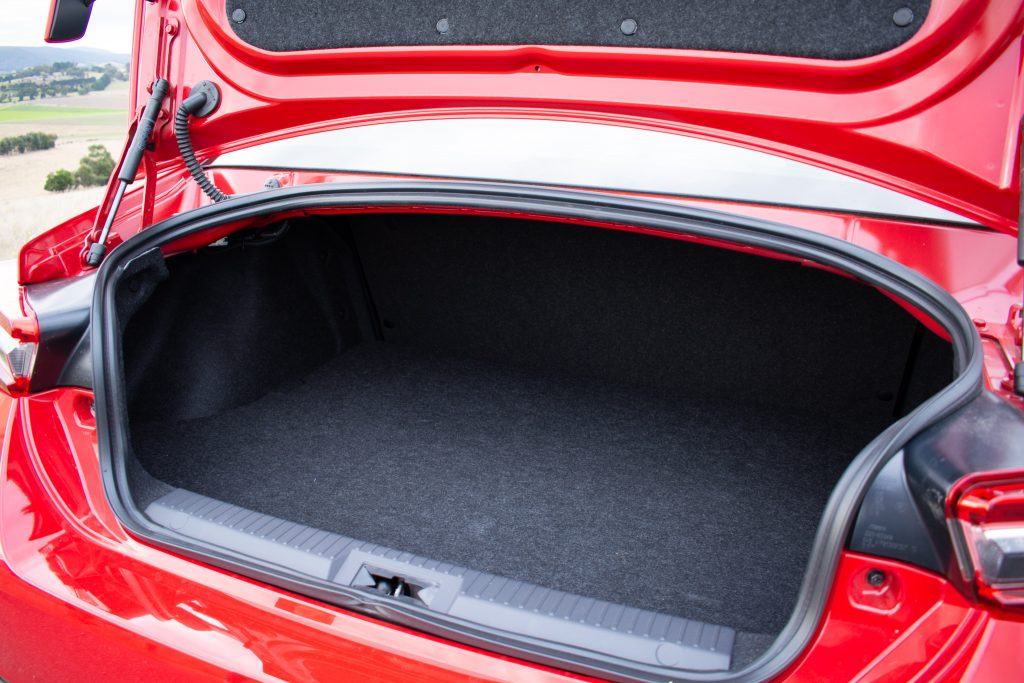
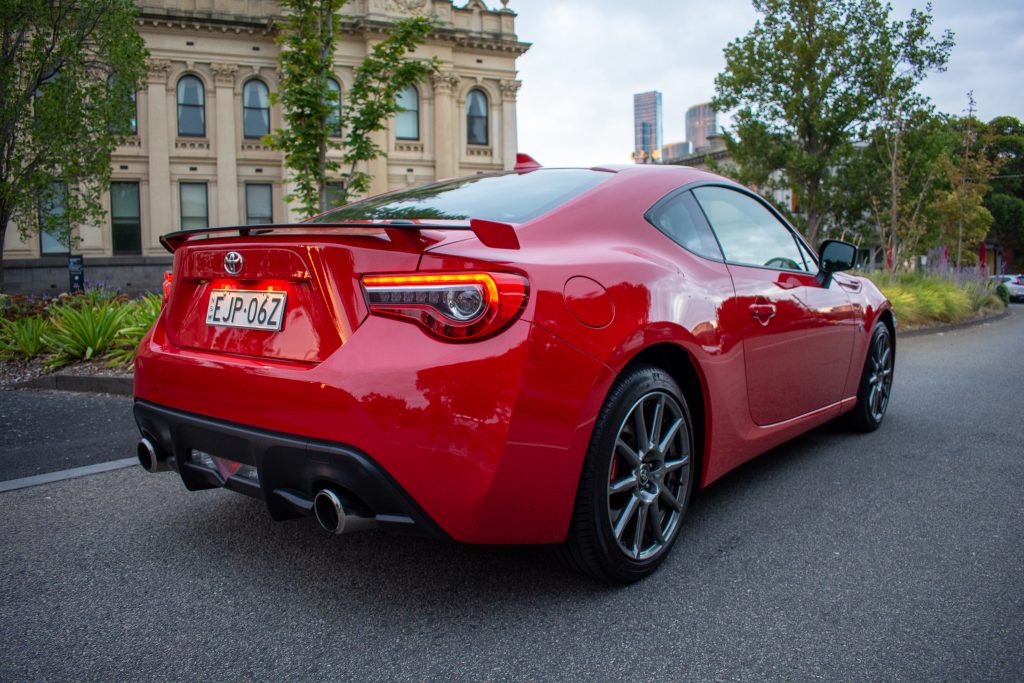
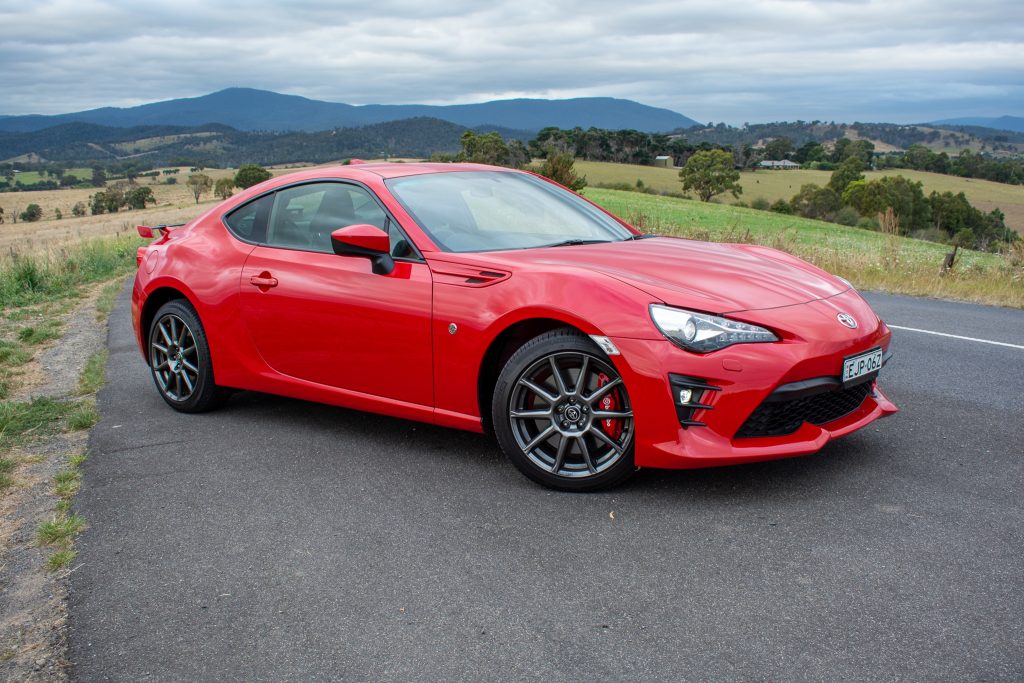
Leave a Reply